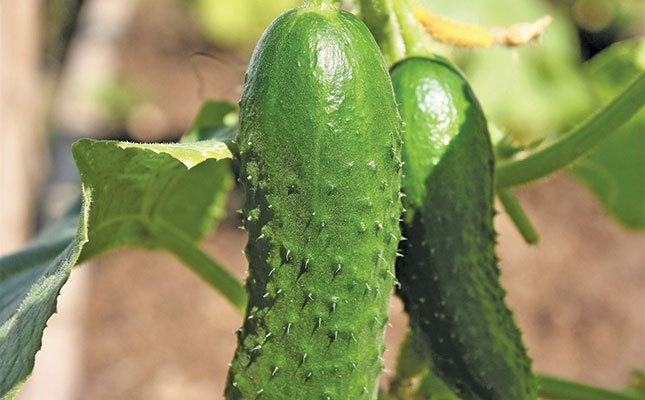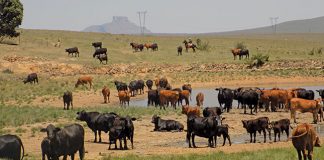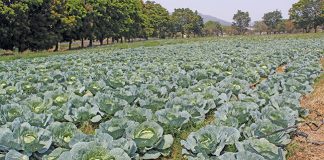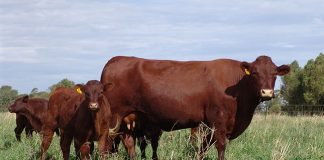
Photo: Pxfuel
Cucumbers (Cucumis sativus) are cucurbits, which are members of the squash family. There are two main varieties: English/Dutch, which are used in salads, and the Beta Alpha cucumber, which is used to make gherkins.
The English cucumber grows to between 25cm and 30cm in length, whereas the Beta Alpha cucumber grows to between 12cm and 15cm when mature.
Planting
Before planting, turn the soil over to about a spade’s depth. Add organic compost and manure and mix into the soil. The compost should have organic matter such as chopped leaves, hay or straw to enhance drainage.
While turning your soil, remove rocks, stones and clods. There are various ways to
start off the cucumber seedlings. If the weather is still cold, sow the seeds indoors in biodegradable seedling pots or cardboard egg containers.
When planting cucumber seedlings in biodegradable boxes, cut the boxes apart, and plant each cardboard box containing its cucumber directly into the ground. Do not remove the seedling; this will damage its roots.
Plant the seedlings using the same spacing as explained for the seeds below.
Seeds
Seeds can be planted directly into the ground. If you use this method, plant the seeds in rows. Make a small mound every 30cm to 40cm along the row and place two seeds in it at a depth of 2,5cm. The orientation of the cucumber seed is important: plant the seed with its radicle end (the end the roots will grow from) pointing upwards.
If you have more than one row of seeds, the inter-row spacing should be 90cm. A cucumber needs plenty of space; it is a vining plant and can grow to a length of 2m.
Trellising
Cucumber plants should be trained to grow vertically up a trellis or similar structure that supports the vines. The fruit grows best when it hangs down. A trellis also protects the cucumber from slugs.
The trellis or stake should be about 2m high. Install it before the plants germinate so as not to damage the roots while working around the plants. To obtain firm and juicy cucumbers, water them at least twice a week.
Pollination and fertilisation
Like the pumpkin, the cucumber plant has both male and female flowers. The female flower has a small cucumber at its base. Male flowers produce pollen, which is normally transferred to the female flower by bees.
If you want to make sure that pollination takes place, use a cotton bud to pick up
pollen on the male flower and transfer it to the centre of the female flower. Feed your cucumber plants with 2.3.2 fertiliser every two weeks while they are growing. If the leaves turn yellow, feed the plants immediately with 2.3.2 to rectify the problem.
Harvesting
The fruit is normally ready to be picked between 50 and 60 days after planting. At this stage, it should be firm and the skin dark green. If it turns yellow, the cucumber is overripe and will not taste good. In this case, gather the seed, dry it and use it for your next crop.
To ensure a continuous crop of cucumbers, practise succession planting: sow a new batch of seed every two weeks until the middle of summer.
Sources: Cucumber Growing Guide; Cool Cucumbers










